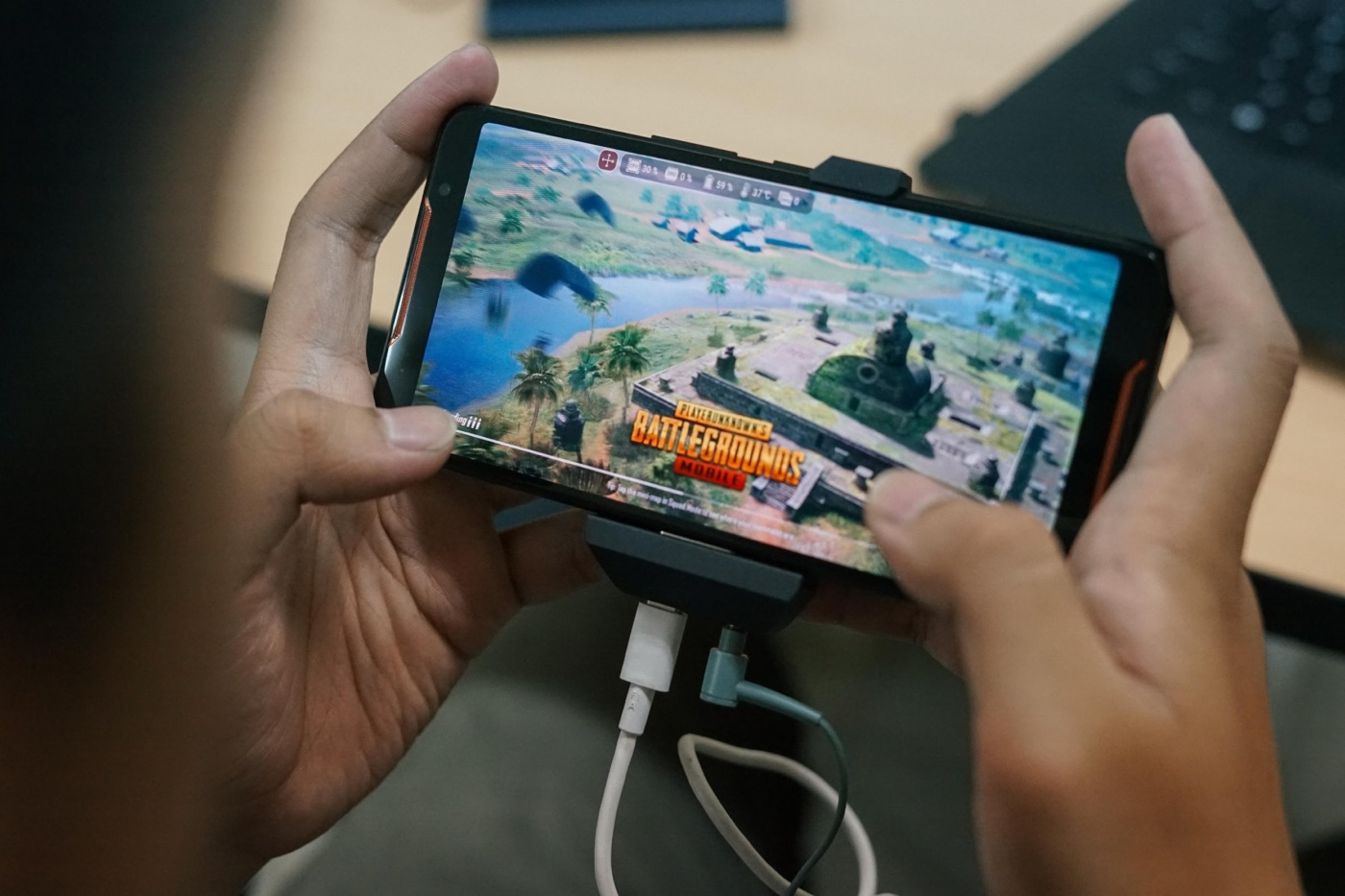After completing your Valorant download, the next step is ensuring your game runs smoothly. FPS drops, lag, and stuttering can ruin the gaming experience, especially in competitive matches. FreedomX brings you a 2025 guide on how to optimize performance and maximize FPS for a seamless Valorant experience.
Why Optimizing Performance Matters
A smooth gaming experience is crucial for competitive play. Even after a successful Valorant Download, improper settings or unoptimized hardware can lead to low FPS and slow response times. Optimizing your setup ensures faster reaction times, better aim, and an overall enhanced gameplay experience.
Step 1: Check Your System Requirements
Before tweaking settings, ensure your PC meets the requirements for a smooth Valorant Download and gameplay.
Minimum System Requirements
- OS: Windows 10/11 (64-bit)
- RAM: 4 GB
- Processor: Intel Core 2 Duo E8400 or AMD Athlon 200GE
- Graphics: Intel HD 3000 or equivalent
- Storage: 7 GB free
Recommended System Requirements
- OS: Windows 10/11 (64-bit)
- RAM: 8 GB
- Processor: Intel i3-4150 or AMD Ryzen 3 1200
- Graphics: NVIDIA GeForce GT 730 or better
- Storage: 10 GB free
Meeting these requirements ensures your Valorant Download runs efficiently and minimizes performance issues.
Step 2: Update Drivers and Windows
Keeping your system up-to-date is essential for optimal performance.
- Update your graphics card drivers from NVIDIA or AMD.
- Ensure Windows has all the latest updates installed.
- Reboot your PC before launching the game.
Updated drivers and system files prevent crashes and improve FPS after Valorant Download.
Step 3: Adjust In-Game Graphics Settings
Optimizing in-game graphics is the most effective way to boost FPS.
Recommended Graphics Settings
- Resolution: Match your monitor for clarity.
- Graphics Quality: Low or Medium for low-end PCs, High for powerful systems.
- Shadows and Effects: Reduce to increase FPS.
- Anti-Aliasing: Turn off or set to low for better performance.
Proper adjustments after Valorant Download ensure smoother gameplay and reduced lag.
Step 4: Optimize Windows for Gaming
Your operating system can impact performance if not configured for gaming.
- Disable unnecessary background applications.
- Enable Game Mode in Windows 10/11.
- Set Valorant as a high-priority process in Task Manager.
These optimizations work alongside your Valorant Download to improve FPS and responsiveness.
Step 5: Network Optimization
Lag isn’t always caused by graphics; a stable network is equally important.
- Use a wired connection instead of Wi-Fi if possible.
- Close background downloads and streaming apps.
- Select the server region closest to you in Valorant.
Network optimization after Valorant Download reduces latency, giving you an edge in competitive matches.
Step 6: Customizing Controls for Performance
Smooth gameplay isn’t just about FPS; controls also matter.
- Adjust mouse sensitivity for better aim.
- Customize key bindings for faster actions.
- Use a crosshair that improves visibility and precision.
Proper control setup post Valorant Download helps beginners and pros alike perform efficiently in matches.
Step 7: Troubleshooting Performance Issues
Even after optimization, some issues may persist:
- FPS drops: Check for background applications and graphics settings.
- Crashes: Update drivers or reinstall the game.
- Lag spikes: Ensure network stability and minimize downloads.
Following these tips guarantees a smoother experience after your Valorant Download.
Conclusion
A successful Valorant Download is only the beginning. Optimizing FPS and game performance ensures you can compete at your best in Riot Games’ tactical shooter. By updating drivers, adjusting graphics, optimizing Windows, and configuring network and controls, beginners can enjoy smooth and responsive gameplay. FreedomX provides this guide to help players get the most out of their Valorant Download and start dominating the arena in 2025. Complete your setup, optimize your system, and enjoy Valorant like a pro!



